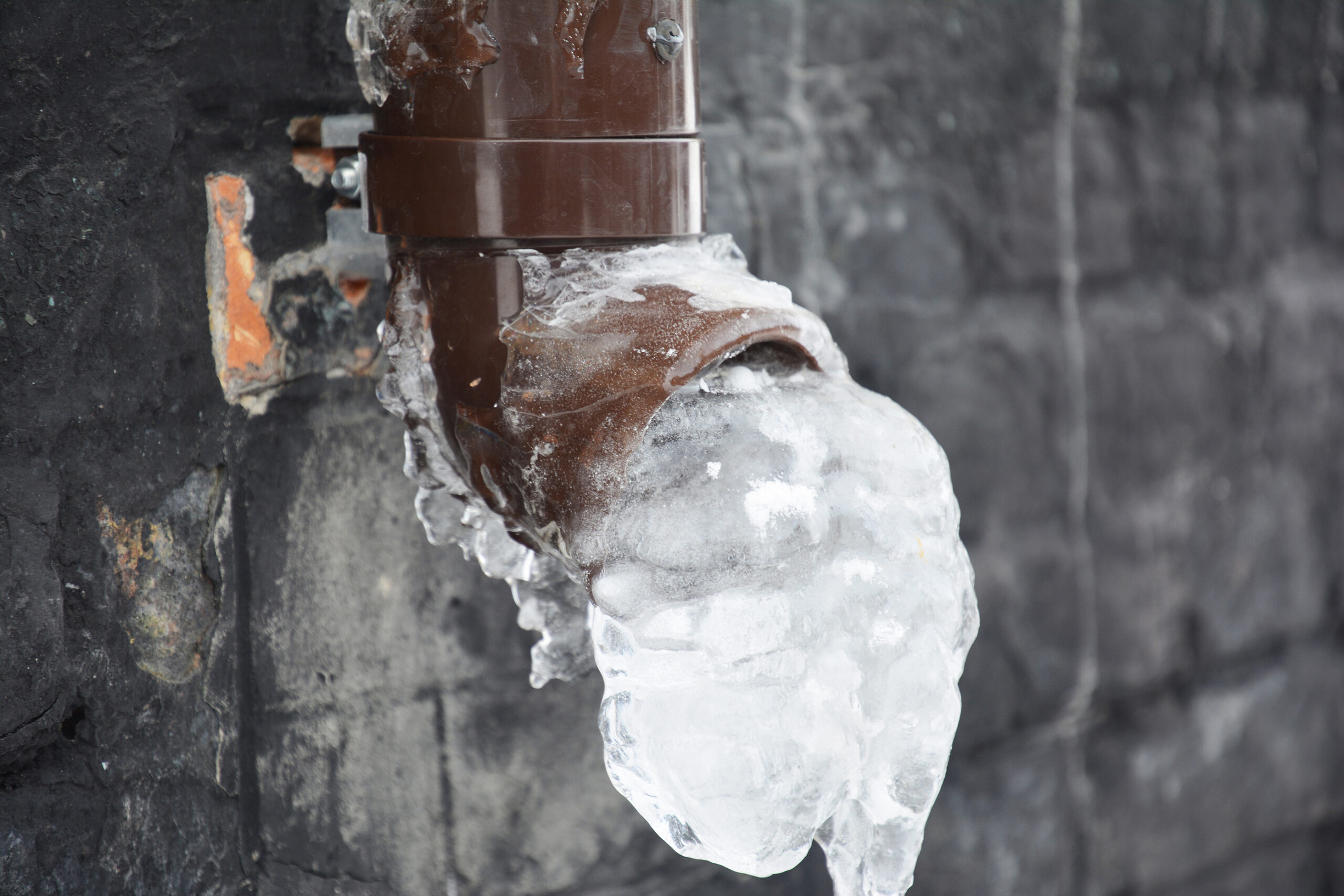In this article underneath you can discover a bunch of professional answers in relation to Winter Plumbing Precautions: Preventing Frozen Pipes.

Winter can wreak havoc on your pipes, especially by freezing pipes. Below's how to stop it from occurring and what to do if it does.
Introduction
As temperature levels drop, the danger of frozen pipes rises, potentially bring about costly repair services and water damage. Comprehending just how to prevent frozen pipelines is crucial for house owners in cool environments.
Comprehending Frozen Pipelines
What causes pipelines to freeze?
Pipes ice up when subjected to temperature levels below 32 ° F (0 ° C) for expanded periods. As water inside the pipes freezes, it increases, putting pressure on the pipeline wall surfaces and potentially causing them to rupture.
Dangers and problems
Icy pipelines can bring about supply of water interruptions, residential property damages, and expensive repair work. Ruptured pipelines can flood homes and create comprehensive architectural damages.
Indicators of Frozen Piping
Recognizing frozen pipes early can stop them from rupturing.
How to recognize frozen pipelines
Search for lowered water flow from taps, unusual smells or noises from pipelines, and visible frost on subjected pipelines.
Prevention Tips
Shielding susceptible pipelines
Cover pipes in insulation sleeves or utilize warmth tape to safeguard them from freezing temperature levels. Focus on pipes in unheated or outside areas of the home.
Home heating strategies
Keep indoor spaces properly warmed, particularly locations with pipes. Open up cupboard doors to enable cozy air to distribute around pipes under sinks.
Shielding Exterior Plumbing
Yard hoses and outdoor taps
Disconnect and drain garden pipes before winter months. Mount frost-proof faucets or cover outdoor taps with protected caps.
What to Do If Your Pipelines Freeze
Immediate actions to take
If you think frozen pipelines, maintain faucets available to alleviate pressure as the ice thaws. Use a hairdryer or towels soaked in warm water to thaw pipelines slowly.
Long-Term Solutions
Structural modifications
Consider rerouting pipelines far from outside walls or unheated areas. Include extra insulation to attics, cellars, and crawl spaces.
Updating insulation
Purchase top notch insulation for pipelines, attics, and wall surfaces. Correct insulation aids keep regular temperature levels and decreases the threat of frozen pipes.
Final thought
Stopping frozen pipes needs positive measures and quick responses. By comprehending the reasons, indicators, and safety nets, homeowners can protect their plumbing during cold weather.
5 Ways to Prevent Frozen Pipes
Drain Outdoor Faucets and Disconnect Hoses
First, close the shut-off valve that controls the flow of water in the pipe to your outdoor faucet. Then, head outside to disconnect and drain your hose and open the outdoor faucet to allow the water to completely drain out of the line. Turn off the faucet when done. Finally, head back to the shut-off valve and drain the remaining water inside the pipe into a bucket or container. Additionally, if you have a home irrigation system, you should consider hiring an expert to clear the system of water each year.
Insulate Pipes
One of the best and most cost-effective methods for preventing frozen water pipes is to wrap your pipes with insulation. This is especially important for areas in your home that aren’t exposed to heat, such as an attic. We suggest using foam sleeves, which can typically be found at your local hardware store.
Keep Heat Running at 65
Your pipes are located inside your walls, and the temperature there is much colder than the rest of the house. To prevent your pipes from freezing, The Insurance Information Institute suggests that you keep your home heated to at least 65 degrees, even when traveling. You may want to invest in smart devices that can keep an eye on the temperature in your home while you’re away.
Leave Water Dripping
Moving water — even a small trickle — can prevent ice from forming inside your pipes. When freezing temps are imminent, start a drip of water from all faucets that serve exposed pipes. Leaving a few faucets running will also help relieve pressure inside the pipes and help prevent a rupture if the water inside freezes.
Open Cupboard Doors
Warm your kitchen and bathroom pipes by opening cupboards and vanities. You should also leave your interior doors ajar to help warm air circulate evenly throughout your home.

We were made aware of that article on Prevent Frozen Pipes through a pal on our other web address. Loved our content? Please share it. Help somebody else discover it. Thanks a lot for being here. Kindly come visit our blog back soon.
Visit Site